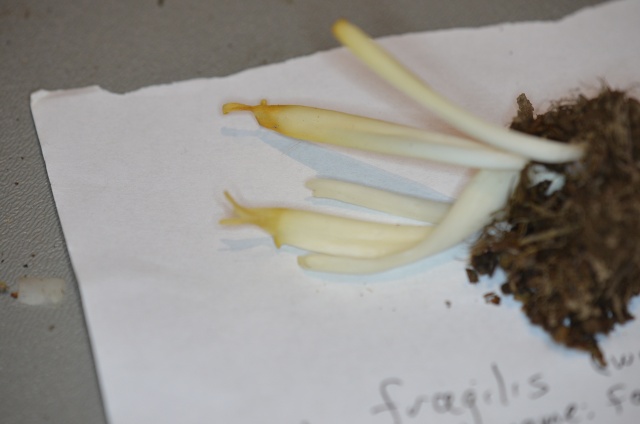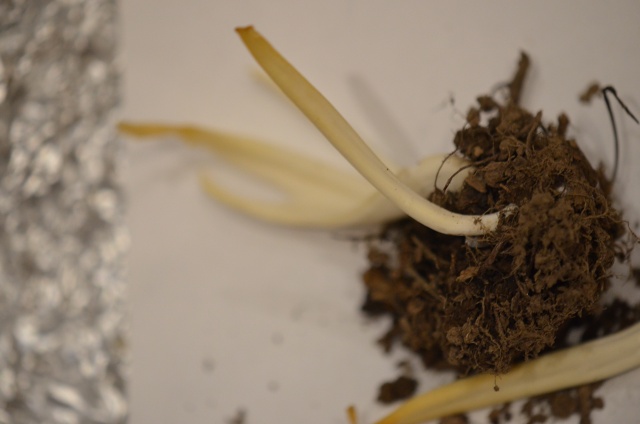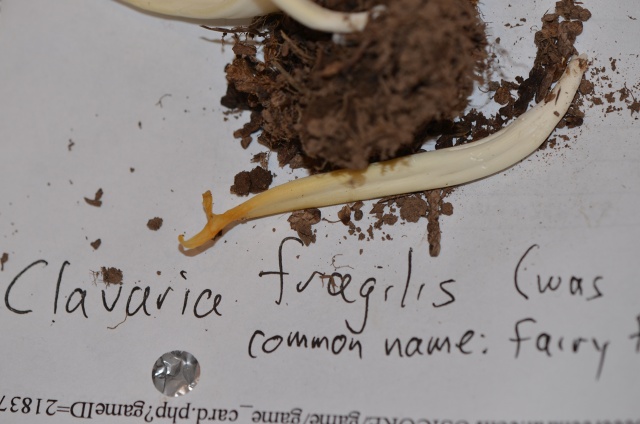1) Agaricus
Growing in Bark Dust
Agaricus is a genus that has over 300 species.
The species of this specimen was not determined.
Some species are edible and others are poisonous.
The Agaricus genus includes the common supermarket "button"
mushroom Agaricus bisporus.
Agaricus mushrooms have a fleshy cap, chocolate-brown spores and a partial veil,
which forms a ring or annulus on the stipe .
The gills are free or almost free and the stem breaks cleanly away from the cap.
Agaricus are terrestrial saprobes (that is, they survive by decomposing dead or decaying organic material). [1,2]
- Agaricus
- Clavaria fragilis
- Fomitopsis pinicola
- Ganoderma applanatum
- Ganoderma tsugae
- Gymnopus
- Hydnum repandum – Hedgehog
- Hypomyces lactifluorum Lobster
- Inocybe
- inocybe albodisca
- Laccaria
- Laccaria amethysteo-occidentalis
- Lactarius
- Lactarius – milky cap
- Lactarius rubidus Candy cap
- Lyophyllum
- Mycena
- Panellus serotinus
- Pholiota
- Polyporus badius
- pseudohydnum gelatinosum
- Ramaria
- Russula brevipes
- Russula cascadensis
- Scleroderma
- Sparassis crispa
- Tricholoma
- Tricholoma focale
- Tricholoma magnivelare Matsutake
- Tubaria furfuracea












































































































































































































































































































































































































































































































































































































